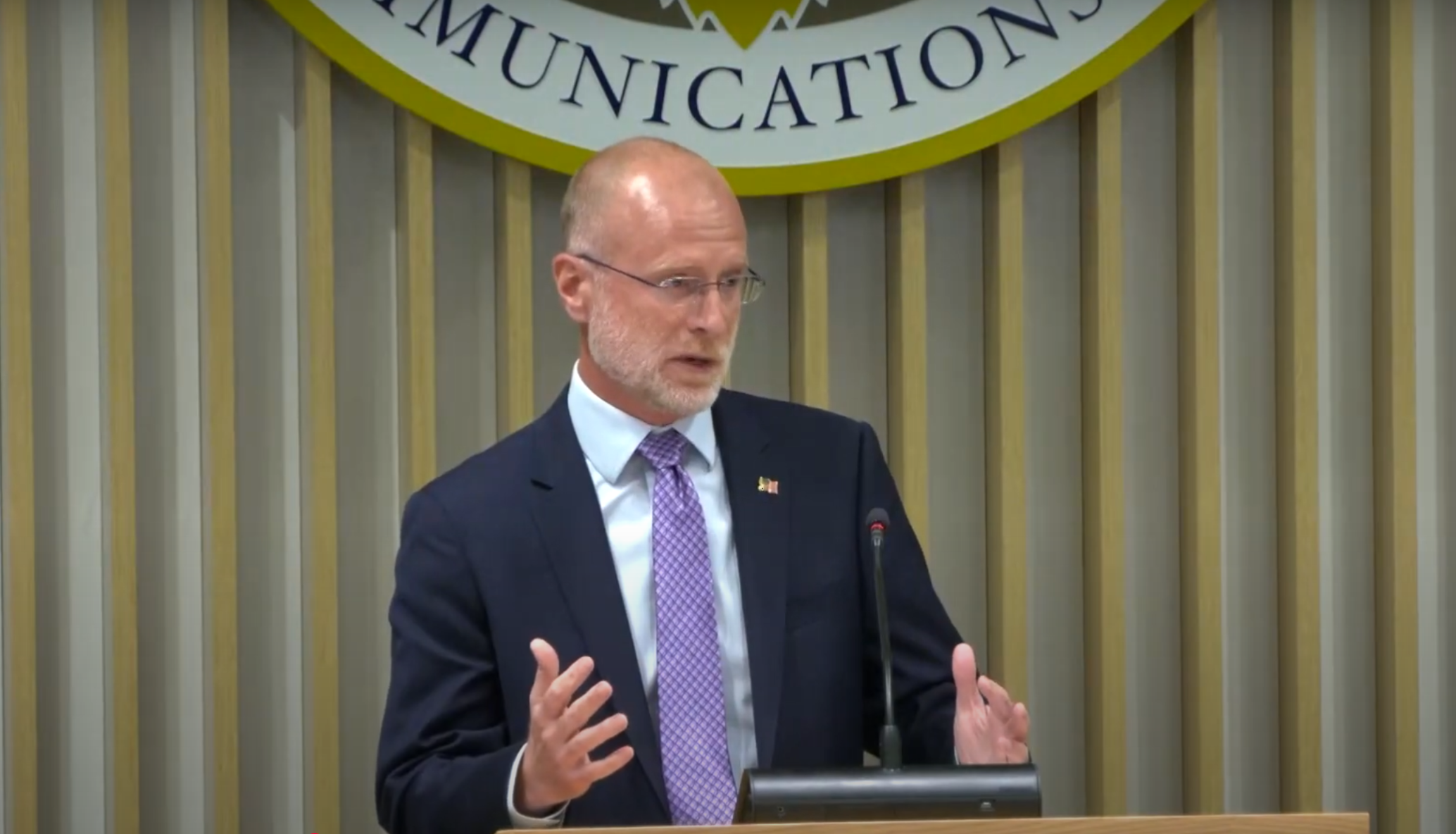Cisco buys Tandberg videoconferencing business

Looking to increase the need for its data transmission equipment for video transmission (routers and switches), Cisco Systems has agreed to buy Norway-based Tandberg's videoconferencing business for roughly $3 billion in cash.
Cisco already sells room-size videoconferencing systems known as TelePresence, but the acquisition gives it access to lower-cost options for customers, who are traveling for business meetings less and less these days.
Cisco's corporate videoconferencing products require the company to outfit a customer's conference room with several large display screens, networking equipment and even special tables, chairs and wall paint. By contrast, Tandberg markets a variety of technology, including high-definition video systems that can sit on desks or be used with personal computers.
Tandberg, not to be confused with compression equipment provider TANDBERG Television, offers specialized software for managing videoconferencing systems and for creating connections between systems that rely on different underlying technology.
Ned Hooper, a senior vice president at Cisco, said the acquisition will enable the company to expand its portfolio quickly to tap into the rapidly emerging B2B market for videoconferencing systems that are much more advanced than the technology used even five years ago.
In recent years, Cisco, based in San Jose, CA, has been one of the technology industry's most aggressive companies when it comes to acquisitions. It has bought close to 40 companies in the last five years, including its $6.9 billion purchase of the set-top box maker Scientific Atlanta and the $2.9 billion purchase of the Web meeting software maker WebEx. This year, Cisco bought Pure Digital, which makes the popular Flip video camera for consumers, for $590 million.
Again, the acquisitions are in line with Cisco's strategy of supporting products that generate more Internet traffic, which in turn drives demand for the networking hardware that has long been the core of its business. Cisco's chief executive officer John T. Chambers said that the company has moved into 30 new markets through acquisitions and its own internal product development.
The professional video industry's #1 source for news, trends and product and tech information. Sign up below.
Due to this acquisition frenzy, Chambers said the company has moved into 30 new markets through acquisitions and its own internal product development and is now involved in many unique, nonbroadcast applications like smart-grid technology for municipal power systems and the construction of entertainment and networking systems for sports stadiums.
As Cisco moves into new areas, it faces the difficult task of trying to find businesses with profits that can match those gained from its networking hardware. Cisco's routers and switches produce 65 percent gross profit margins.
Tandberg has had most of its success selling videoconferencing systems to large companies in North America and Europe. Cisco plans to use Tandberg's technology to help it pursue smaller companies and eventually to sell to consumers, Hooper said.
